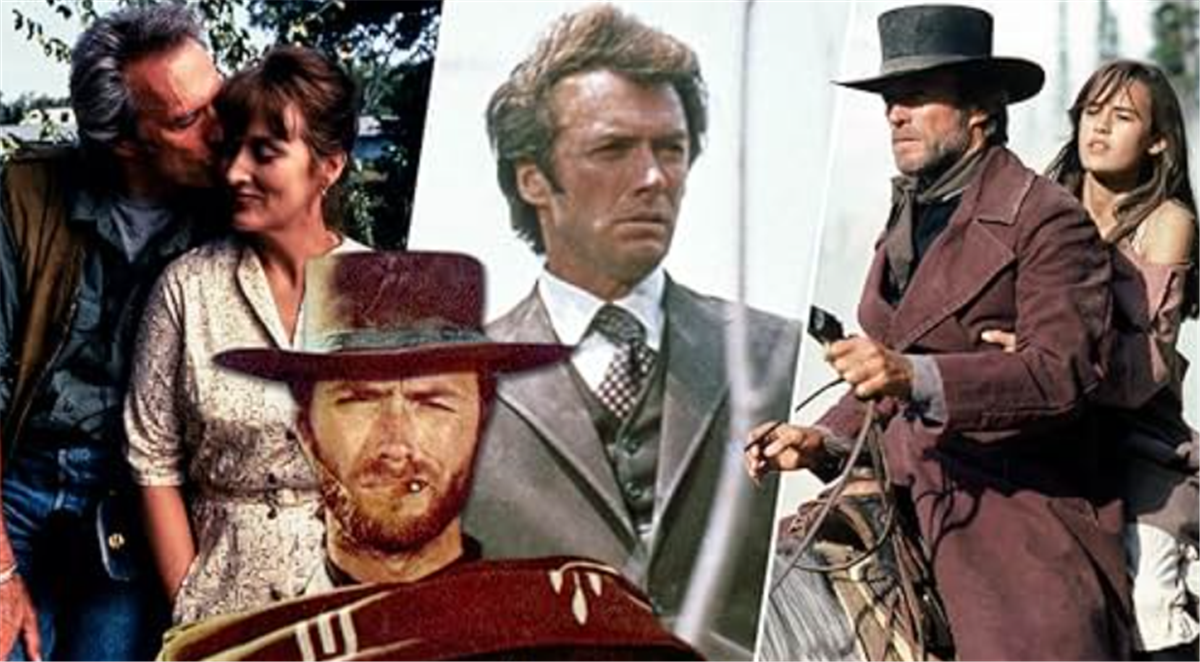It’s difficult to think of Clint Eastwood and not simultaneously conjure up images of all the excellent pieces of cinema that he has contributed to throughout his remarkable career. Sergio Leone’s Dollars Trilogy, the Dirty Harry movies, plus several brilliant Westerns, these are the kind of films that we are used to associating Eastwood with.
Not only does Eastwood possess serious talent in front of the camera, but he’s also proven his worth as a director behind it, too, and the likes of Unforgiven, Million Dollar Baby, Gran Torino and Letters from Iwo Jima have drawn just as much acclaim for Eastwood in filmmaking terms as he had previously earned as an actor.
Remarkably, though, even amongst all the excellent motion pictures that Eastwood has been involved with throughout his career, two of his most successful movies are 1978’s action comedy Any Which Way but Loose and its 1980 sequel Any Which Way You Can, which marked a rare comic turn for the actor.

Robert Daley’s 1978 film saw Eastwood give one of his most uncharacteristic on-screen moments as Philo Beddoe, a bare-knuckle fighting trucker who sets off across the American West in search of his lost love. Philo is joined by his brother and manager, Orville, played by Geoffrey Lewis, and his pet orangutan, Clyde.
Discussing Every Which Way but Loose in an interview with Interview, Eastwood admitted to wanting to mix his filmography up in the late 1970s so as to keep his fans and audiences guessing. “You have to lead the audience in different directions. Otherwise, they might dump you eventually,” he said.
The actor went on to explain how his team had been concerned by Daley’s film, adding, “Everybody – my agent, my lawyers – they said, don’t do Every Which Way But Loose, and even once they saw it, one of the studio execs thought it was going to be a flop. I always thought it was kind of a hip script with the orangutan and stuff. Some people got it, and some people didn’t, but the public seemed to enjoy it.”

However, it’s fair to say that Eastwood made his biggest career misstep on that occasion, at least from a critical perspective. While it’s admittedly amusing to see Philoe take on the Black Widows motorcycle gang in a PG-rated offering, clearly intended to allure children and their parents to the cinema to catch Eastwood in a family-friendly role, the lowbrow film just lacks that genuine sheen of quality with which Eastwood had been known for in his earlier career.
On the other hand, just looking at the income figures for Every Which Way but Loose and its 1980 sequel, perhaps that misstep wasn’t all that bad for Eastwood. In its first week alone, Daley and Eastwood’s film grossed over $10million dollars before a total of $104m in the United States and Canada, making it one of Eastwood’s most lucrative ventures.
So judging Every Which Way but Loose largely comes down to evaluating the decision that Eastwood himself made in taking it on. Advised to eschew the project by his team, Eastwood saw the financial potential on offer and took on the job anyway, likely knowing that he had the credentials to recover from a career misstep.
Judging from the proceeding years, bar perhaps Pale Rider and Heartbreak Ridge, it took Eastwood until the 1990s with Unforgiven and The Bridges of Madison County to recover from Any Which Way but Loose, so perhaps the risk wasn’t worth taking after all.
